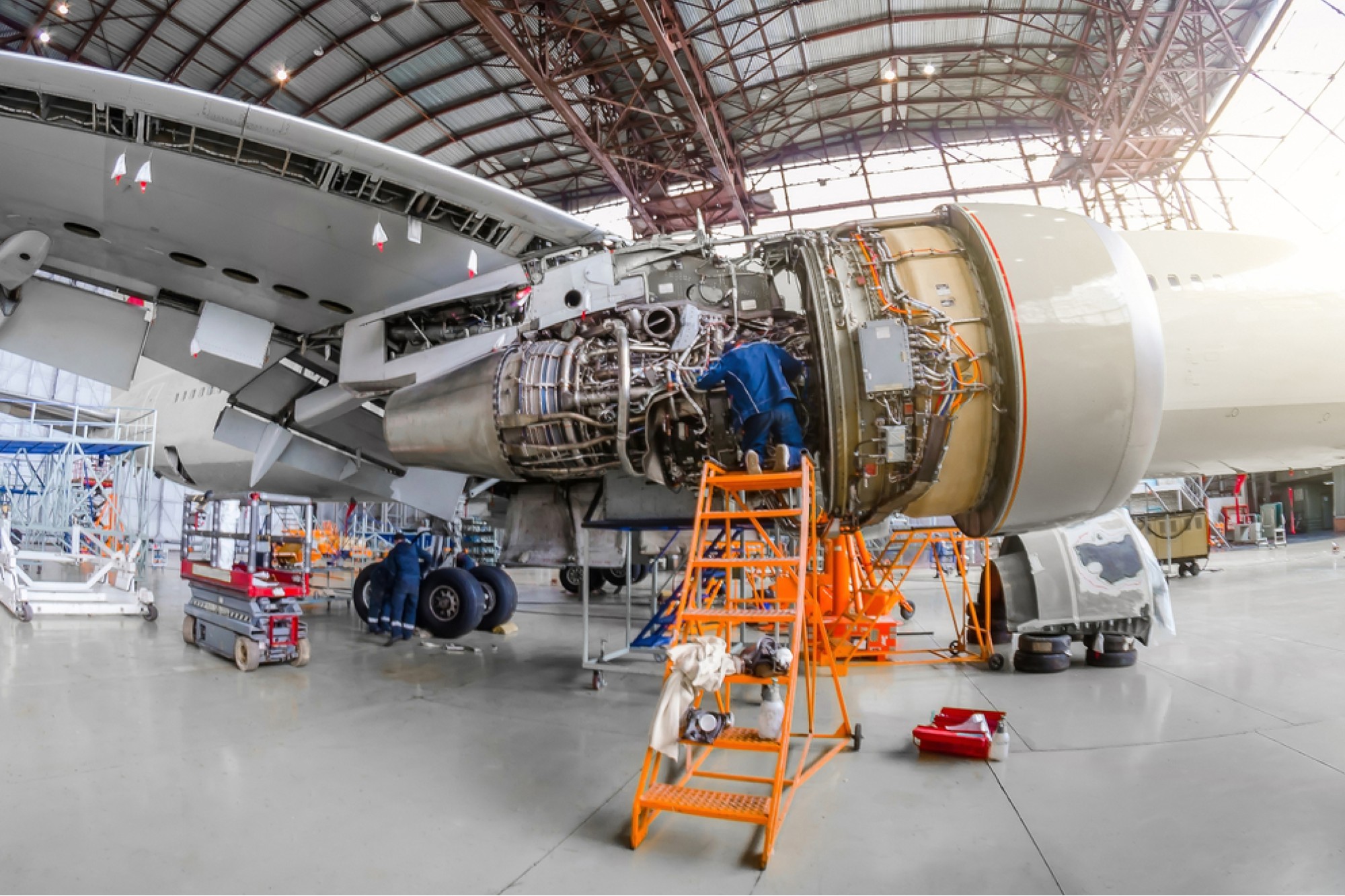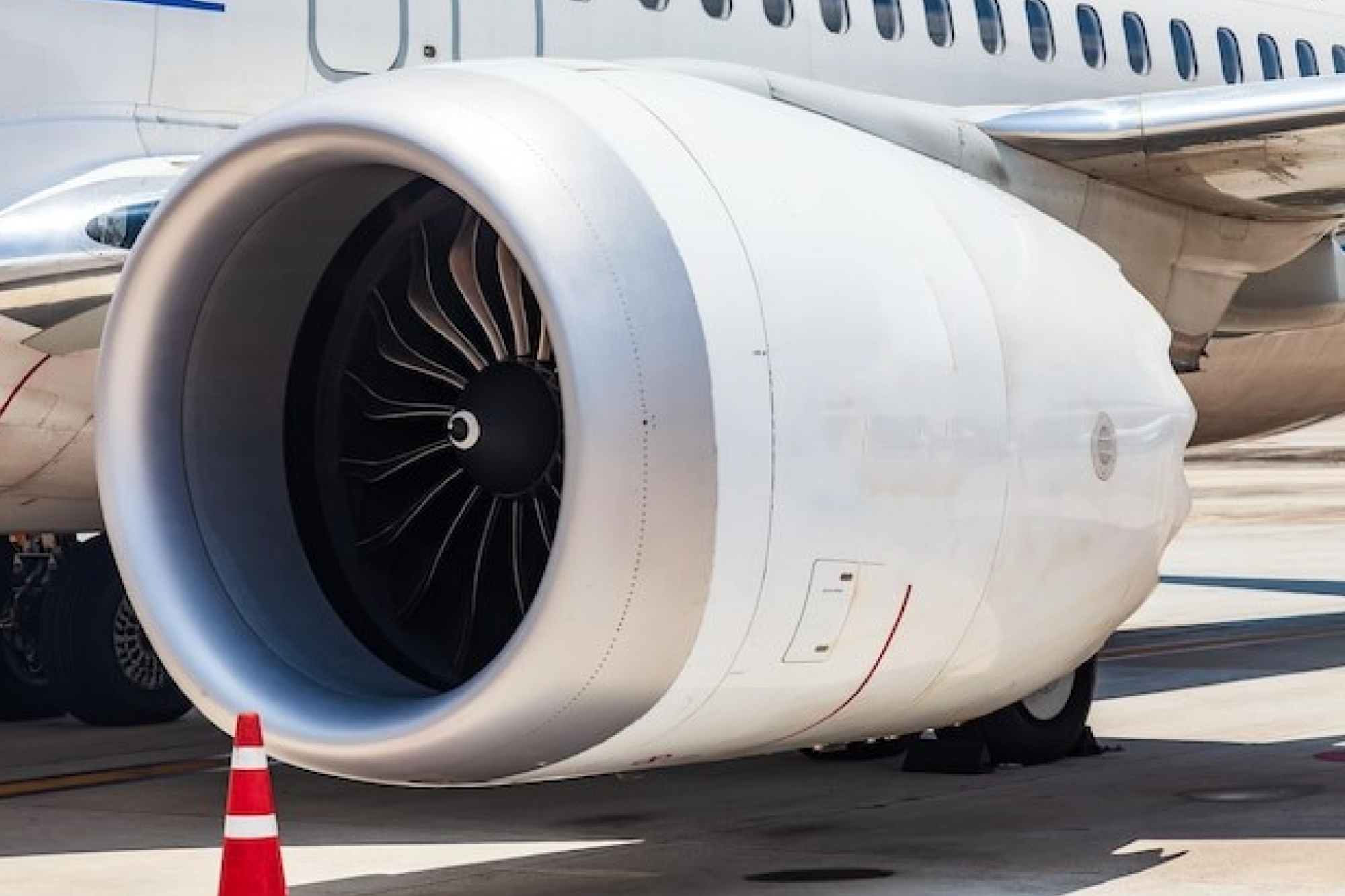Data and predictive maintenance can reduce downtime and costs in Aerospace
By Staff Report November 11, 2024 1:46 pm IST
According to Peyman Ezzati, Rubber R&D Director, ERA Co., accurate calibration, real-time data, and predictive maintenance are essential for optimising performance in the aerospace and defence sectors. By employing refined analytics and monitoring tools, organisations can ensure safety, reduce downtime, and effectively cut maintenance costs.
In aerospace and defence, monitoring critical parameters ensures safety and performance. Advanced techniques like predictive maintenance and real-time data analysis reduce downtime and costs. Tools such as SCADA systems and machine learning optimise operations while condition monitoring preempts failures. Furthermore, regular calibration, controlled environment, and validation ensure accurate instrumentation.
Calibration and functionality of instrumentation
Ensuring accurate calibration and functionality of instrumentation involves several steps and practices. Calibration is scheduled routinely according to the manufacturer’s guidelines and industry standards. It is essential to use traceable calibration standards that are verified against national or international benchmarks.
Maintaining a stable and controlled environment during calibration is crucial, as fluctuations in temperature or humidity can affect results. Detailed records and calibration certificates are preserved for traceability and quality control purposes. After calibration, validation tests verify the accuracy and reliability of the instrumentation. Further, routine maintenance checks help identify any wear and tear or potential issues that could affect accuracy.
Monitoring parameters in the aerospace and defence sector
Several critical parameters for monitoring ensure safety and performance in the aerospace and defence sectors. Temperature and pressure maintain environmental conditions within safe operational limits. Vibration and acceleration monitoring detects any abnormal movements or stresses on the aircraft. Fuel flow and consumption are analysed to ensure optimal efficiency. Structural integrity is assessed for signs of fatigue or damage. Navigation systems, including GPS and altimeters, are monitored for precision, while engine performance is evaluated by tracking parameters such as thrust, exhaust gas temperature, and rotational speeds.
Instruments for early fault detection
Early fault detection relies on techniques and instruments to identify issues before they appear. Condition monitoring uses sensors and software to assess the condition of equipment. Vibration analysis helps detect changes in patterns that may indicate wear or failure. Thermography, utilising infrared cameras, indicates hotspots that signal electrical or mechanical faults.
Ultrasonic testing is employed to identify changes in material properties, often pointing to cracks or defects. Fault detection algorithms, enhanced by machine learning and AI, predict and identify faults from operational data. Finally, SCADA systems (Supervisory Control and Data Acquisition) provide real-time monitoring and control over industrial processes.
Analytics toolsVarious analytics tools improve operational efficiency and performance. SCADA systems facilitate real-time data acquisition and control, providing immediate insights into operations. Data visualisation tools, like Power BI or Tableau, help interpret complex datasets, making information more accessible.
Predictive analytics software, including IBM SPSS, SAS, or MATLAB, is employed for forecasting and maintenance predictions. Performance management systems monitor key performance indicators to optimise processes. Machine learning platforms like TensorFlow and PyTorch are used for advanced data analysis and pattern recognition. Moreover, ERP systems, such as SAP or Oracle, offer integrated software solutions for wide-ranging process management and data analytics.
Role of real-time data
In the aerospace industry, real-time data is essential for several reasons. It enables immediate corrective actions in response to changing conditions, and up-to-date information on critical systems ensures safe operation even under high temperatures and pressure.
Real-time data allows for adjustments that optimise performance despite challenging conditions. It also facilitates predictive maintenance, helping to anticipate and address reducing the risk of in-flight issues. Additionally, data logging captures conditions for post-flight analysis and continuous improvements. Integration with autopilot systems ensures precise navigation adjustments based on real-time data inputs.
Predictive maintenance impact on downtime and cost
Predictive maintenance reduces operational downtime and maintenance costs. Identifying issues before they lead to system failures minimises unplanned downtime. This approach allows maintenance to be scheduled based on the actual condition of equipment, optimising when and how maintenance is scheduled. Timely interventions help extend the lifespan of equipment by preventing excessive wear and damage.
Finally, predictive maintenance lowers maintenance costs by reducing the frequency of unnecessary preventive maintenance and avoiding costly emergency repairs. It also improves safety by ensuring that equipment remains in optimal condition, thus decreasing the risk of accidents and associated costs. Furthermore, it uses historical data to make informed equipment maintenance and replacement decisions.
Cookie Consent
We use cookies to personalize your experience. By continuing to visit this website you agree to our Terms & Conditions, Privacy Policy and Cookie Policy.
















